by Bella Apr 01,2025
Just as Cinderella’s dream was set to end at midnight, The Walt Disney Company faced a similar fate in 1947, grappling with a debt of approximately $4 million after the financial setbacks of Pinocchio, Fantasia, and Bambi, exacerbated by World War II and other challenges. However, it was the enchanting tale of Cinderella and her iconic glass slippers that ultimately rescued Disney from an untimely end to its animation legacy.
Today, March 4, marks the 75th anniversary of Cinderella's wide release, and we had the opportunity to speak with several Disney enthusiasts who continue to draw inspiration from this timeless story of transformation and hope. This narrative not only parallels the journey of Walt Disney himself but also rekindled hope within the company and a post-war world seeking to believe in brighter futures.
The Right Film at the Right Time --------------------------------To understand the significance of Cinderella, we must revisit Disney's pivotal moment in 1937 with Snow White and the Seven Dwarfs. Its unprecedented success, holding the title of the highest-grossing film until Gone with the Wind surpassed it, enabled Disney to establish its Burbank studio, still its headquarters today, and embark on a new era of feature-length animated films.
Following Snow White, Disney's next venture, Pinocchio in 1940, came with a hefty $2.6 million budget, yet it resulted in a $1 million loss despite its critical acclaim and Academy Awards for Best Original Score and Best Original Song. This pattern continued with Fantasia and Bambi, further deepening Disney's financial woes. The primary reason for these struggles was the outbreak of World War II, which disrupted Disney's European markets.
“Disney's European markets dried up during the war, and the films weren’t being shown there, so releases like Pinocchio and Bambi did not do well,” explained Eric Goldberg, co-director of Pocahontas and lead animator on Aladdin’s Genie. “The studio was then commissioned by the U.S. government to produce training and propaganda films, and throughout the 1940s, Disney shifted to creating Package Films like Make Mine Music, Fun and Fancy Free, and Melody Time. These were excellent projects, but they lacked a cohesive narrative from start to finish.”
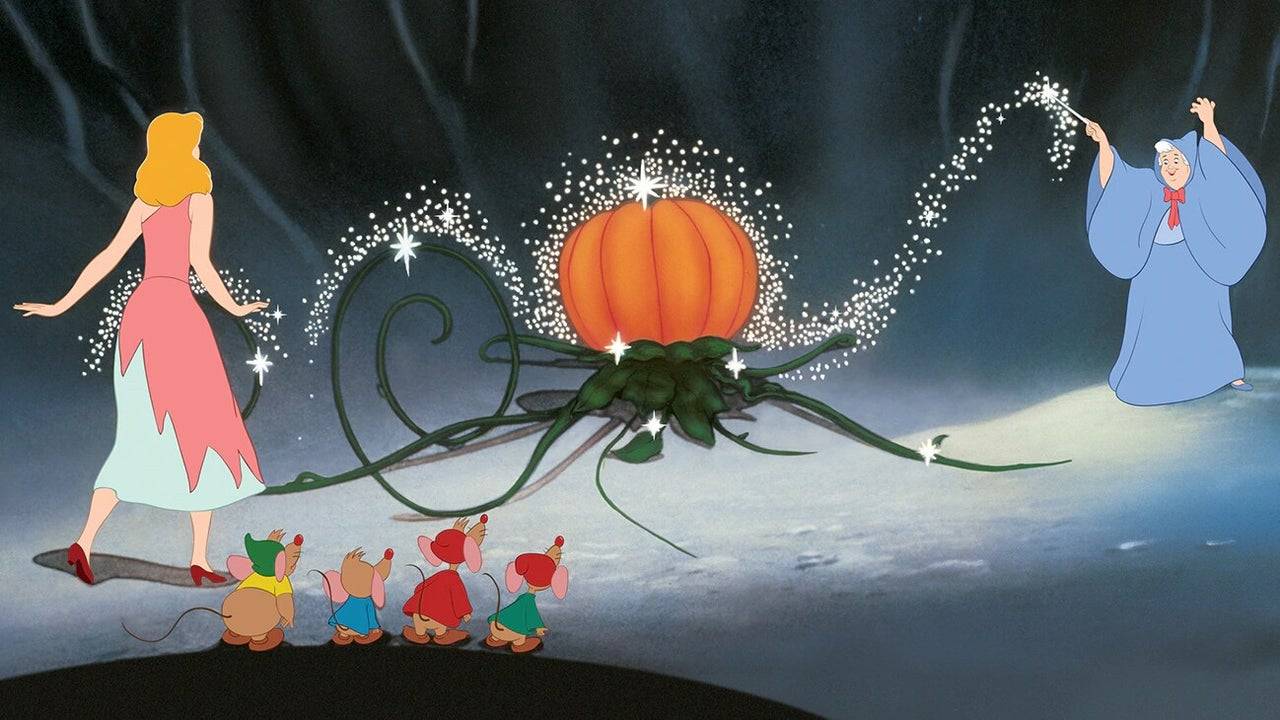
Package Films were compilations of short cartoons assembled into feature films. Disney produced six of these between Bambi in 1942 and Cinderella in 1950, including Saludos Amigos and The Three Caballeros, which were part of the U.S. Good Neighbor Policy aimed at countering Nazi influence in South America. While these films managed to break even and Fun and Fancy Free reduced the studio's debt from $4.2 million to $3 million in 1947, they hindered the production of true feature-length animated stories.
“I wanted to get back into the feature field,” Walt Disney expressed in 1956, as quoted in The Animated Man: A Life of Walt Disney by Michael Barrier. “But it was a matter of investment and time. A good cartoon feature requires a lot of time and money. My brother Roy and I had a heated discussion... It was one of my big upsets... I said we’re going to either go forward, get back in business, or liquidate and sell out.”
Facing the possibility of selling his shares and leaving the company, Walt and Roy chose the riskier path, betting everything on their first major animated feature since Bambi. If this gamble failed, it could have spelled the end for Disney's animation studio.
“At this time, Alice in Wonderland, Peter Pan, and Cinderella were all in development, but Cinderella was chosen first due to its similarities to the successful Snow White,” said Tori Cranner, Art Collections Manager at Walt Disney Animation Research Library. “Walt recognized that post-war America needed hope and joy. While Pinocchio is a beautiful film, it lacks the joy that Cinderella embodies. The world needed a story of rising from the ashes to something beautiful, and Cinderella was the perfect choice for that moment.”
Walt Disney's connection to Cinderella dates back to 1922 when he created a short film during his time at Laugh-O-Gram Studios, just before founding Disney with Roy. This short, along with the feature film, was inspired by Charles Perrault’s 1697 version of the tale, which may have originated between 7 BC and AD 23 by the Greek geographer Strabo. The story of good versus evil, true love, and dreams coming true deeply resonated with Walt.
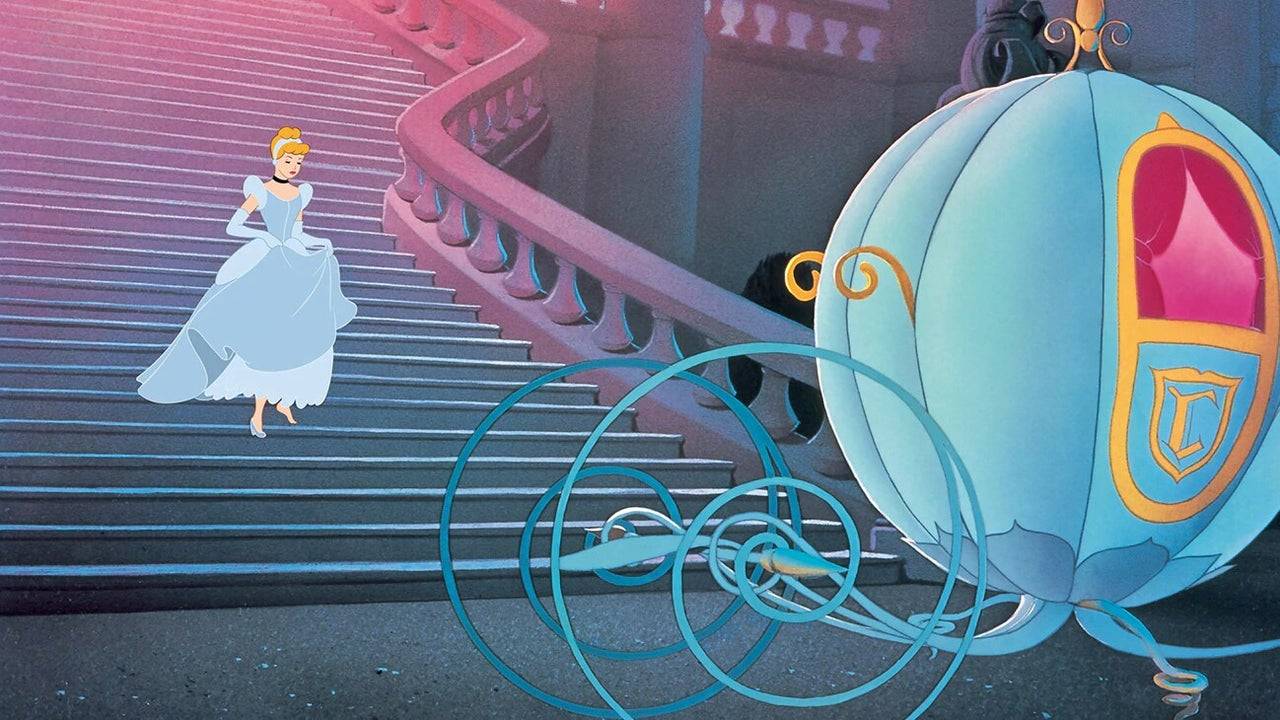
“Snow White was a kind and simple little girl who believed in wishing and waiting for her Prince Charming,” Walt Disney remarked in footage from Disney’s Cinderella: The Making of a Masterpiece. “Cinderella, on the other hand, was more practical. She believed in dreams but also in taking action. When Prince Charming didn’t come along, she went to the palace to find him.”
Cinderella's resilience and determination, despite her hardships under her Evil Stepmother and Stepsisters, mirrored Walt's own journey from humble beginnings, marked by failures and challenges, yet driven by an unwavering dream and work ethic.
Walt's passion for the story persisted, leading to an attempt to revive it as a Silly Symphony short in 1933. However, the project's scope expanded, and by 1938, it was decided to develop it into a feature film. Despite delays due to the war and other factors, the film evolved into the beloved classic we cherish today.
Disney's success with Cinderella stemmed from its ability to transform traditional fairytales into universally appealing stories. “Disney took these age-old fairytales and infused them with his unique touch, bringing heart and passion to the characters and narratives,” Goldberg noted. “These tales, often grim and cautionary, were made enjoyable for all audiences, modernizing them and ensuring their enduring appeal.”
The addition of Cinderella's animal friends, including Jaq, Gus, and the birds, provided comic relief and allowed deeper insight into her character. The Fairy Godmother, reimagined as a bumbling, grandmotherly figure by animator Milt Kahl, added relatability and charm, culminating in the iconic transformation scene that remains a highlight in Disney's history.
The animation of Cinderella’s dress transformation, credited as Walt’s favorite, was meticulously crafted by Disney Legends Marc Davis and George Rowley. “Every sparkle was hand-drawn and painted on every frame,” Cranner marveled. “There’s a perfect moment during the transformation where the magic holds for a fraction of a second before her dress changes, adding to the scene’s enchantment.”
Another unique Disney addition was the breaking of one glass slipper, emphasizing Cinderella's agency and strength. “Cinderella is not a passive character; she has a strong personality and takes control of her destiny,” Goldberg emphasized. “When the slipper breaks, she presents the other one she had kept, showcasing her resilience and cleverness.”
Cinderella premiered in Boston on February 15, 1950, and had its wide release on March 4, earning $7 million on a $2.2 million budget, making it the sixth-highest grossing film of 1950 and earning three Academy Award nominations. “When Cinderella was released, critics hailed it as a return to form for Walt Disney,” Goldberg recalled. “It was a huge success, and the studio regained its momentum, paving the way for future classics like Peter Pan, Lady and the Tramp, Sleeping Beauty, 101 Dalmatians, and The Jungle Book.”
Seventy-five years later, Cinderella's influence continues to grow, evident in the iconic castles at Walt Disney World and Tokyo Disneyland, and in the opening sequences of Disney films inspired by her and Sleeping Beauty's tales.
Her legacy also resonates in modern Disney films, such as the dress transformation scene in Frozen. “When animating Elsa’s dress transformation, we wanted to pay homage to Cinderella,” said Becky Bresee, lead animator on Frozen 2 and Wish. “The sparkles and effects around Elsa’s dress directly reference Cinderella’s transformation, honoring the impact of earlier Disney films.”
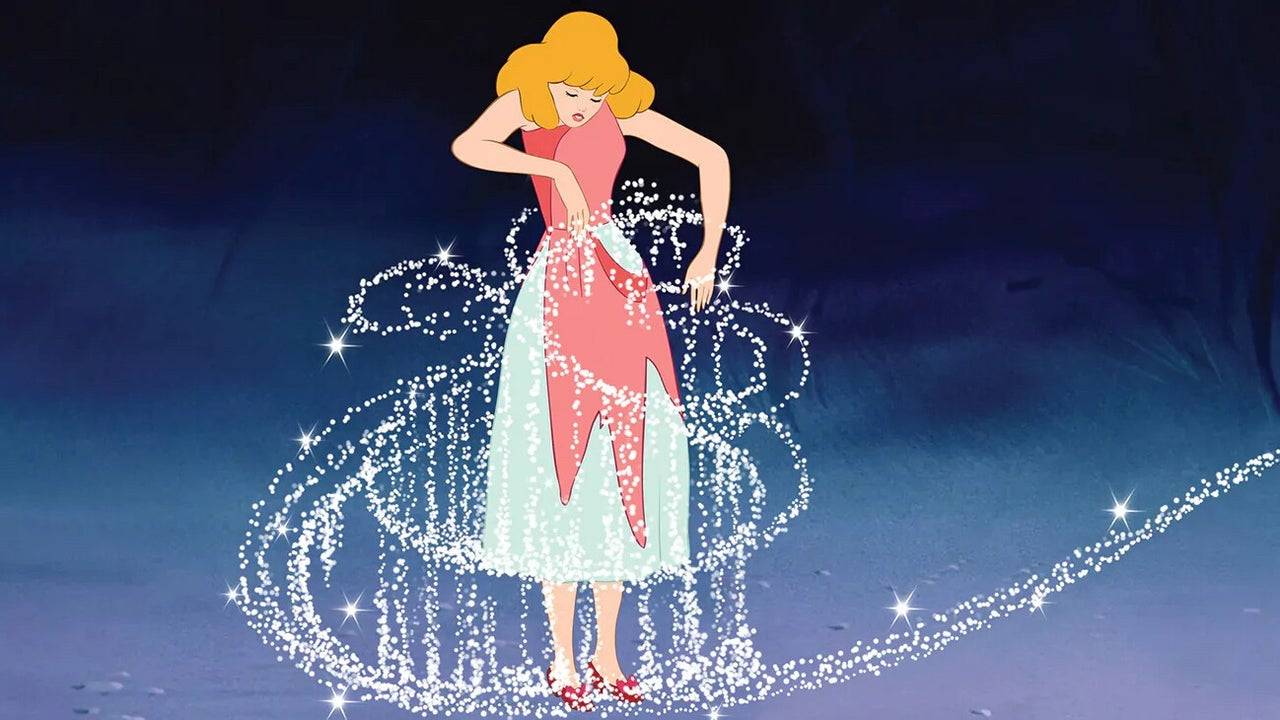
The contributions of the Nine Old Men and Mary Blair to Cinderella are also noteworthy, bringing life and a distinctive style to the film. As we reflect on this milestone, Eric Goldberg encapsulates the enduring message of Cinderella: “The big thing about Cinderella is hope. It gives people hope that perseverance and strength can lead to dreams coming true, no matter the era.”
Mobile Legends: January 2025 Redeem Codes Released
Android Action-Defense
Brutal Hack And Slash Platformer Blasphemous Is Coming To Mobile, Pre-Registration Now Live
Pokémon TCG Pocket Is Dropping a Trade Feature and Space-Time Smackdown Expansion Soon
Pokemon TCG Pocket: Paralyzed, Explained (& All Cards with ‘Paralyze’ Ability)
Mythical Island Debuts in Pokemon TCG, Time Revealed
Stray Cat Falling: An Evolution in Casual Gaming
Marvel Rivals Showcases New Midtown Map
Konami debuts new Silent Hill f for first-timers
Oct 12,2025

Pokémon TCG Faces Shortages Amid Scalping Post-Destined Rivals
Oct 12,2025
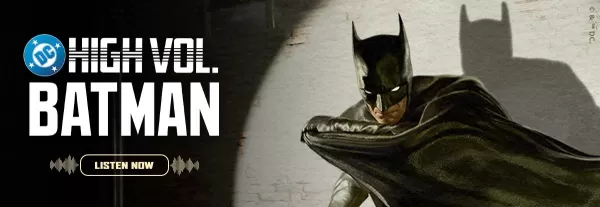
Batman Podcast Unveils Companion Series
Oct 12,2025
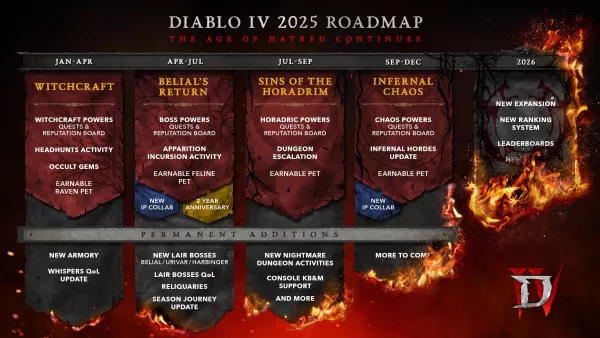
Diablo 4 Roadmap Upsets Fans, Puzzles Ex-Blizz Boss
Oct 11,2025
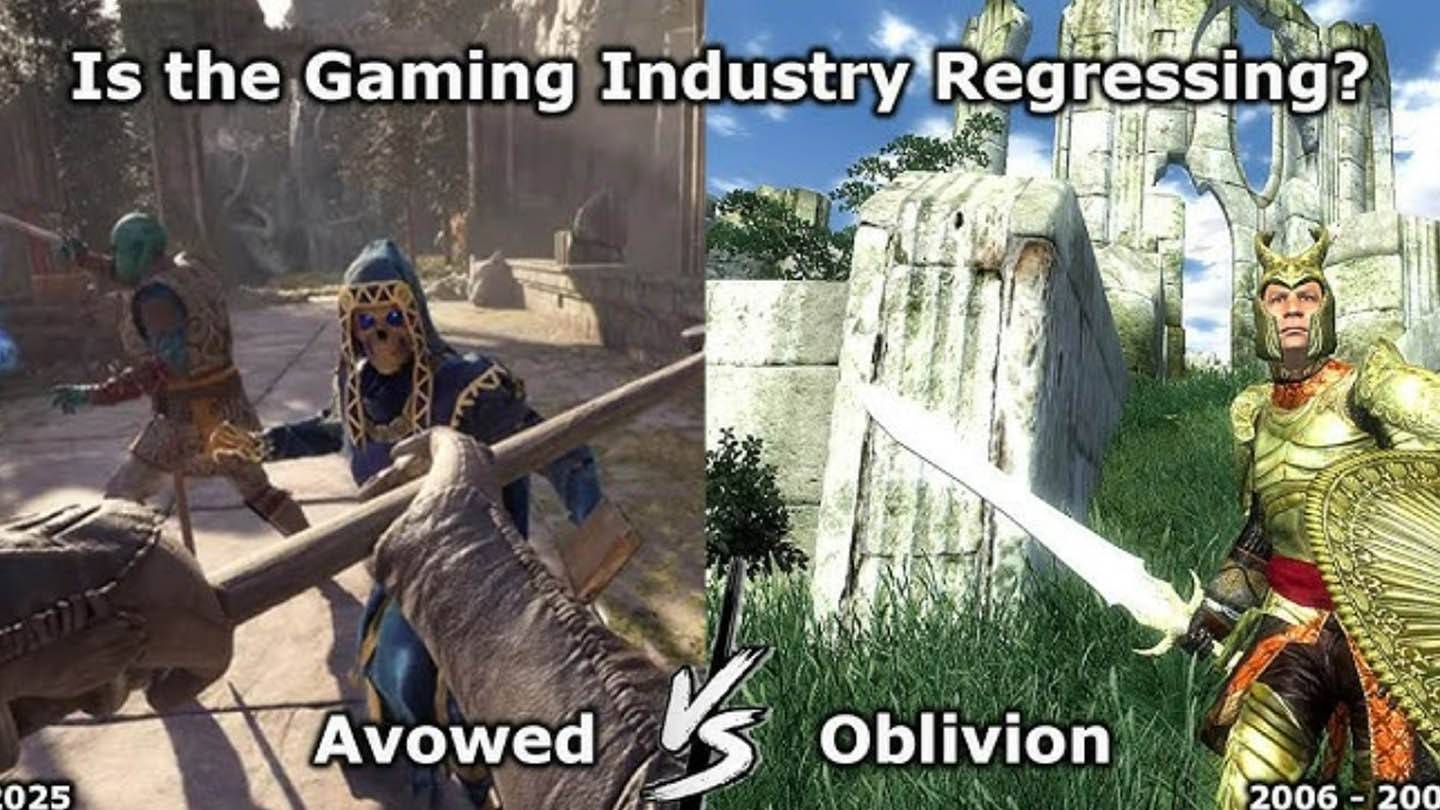
Avowed vs Oblivion: Can the Classic Still Compete?
Oct 11,2025